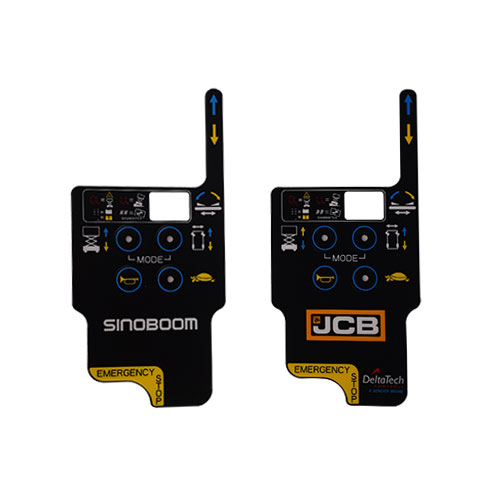Overlay is a popular technique used in graphic design that involves placing one or more elements on top of an existing image or design. This technique can be applied in various ways and has proven to be beneficial in enhancing the visual aesthetics and communication of a design. Here are some of the key benefits of using overlay in graphic design:
1. Enhances Visual Interest: Overlaying elements onto an existing image or design can instantly add depth and complexity to the composition. By adding layers of textures, patterns, or other graphic elements, designers can create visually stunning and captivating designs that stand out from the crowd.
2. Creates a Sense of Depth: Overlaying elements can give the illusion of depth in a design by adding layers of foreground and background elements. This technique can be particularly effective in creating a three-dimensional feel to an otherwise flat design, making it more engaging and visually appealing.
3. Emphasizes and Highlights Content: Overlaying transparent or semi-transparent elements on top of an image can help draw attention to specific areas or content within the design. By strategically placing Overlays, designers can create focal points and guide the viewer's eyes to important information or visuals.
4. Adds Texture and Depth to Flat Designs: Flat design has been a prominent trend in recent years, but it often lacks the visual interest and texture that overlay can provide. By applying overlays with textures or patterns, designers can add depth and richness to a flat design, making it more visually appealing and immersive.
5. Creates Mood and Atmosphere: Overlaying elements like color gradients, filters, or specific patterns can help set the mood and atmosphere of a design. Whether it is a vintage, grunge, or futuristic aesthetic, overlays can be used to evoke specific emotions or to create a particular ambiance that aligns with the intended message or theme of the design.
6. Conceals or Modifies Existing Elements: Overlaying elements can be a useful technique to hide or modify certain parts of an image or design. This can be particularly helpful in removing distractions, adjusting color tones, or blending elements together seamlessly. By strategically using overlays, designers can manipulate and enhance the existing content without having to start from scratch.

7. Adds a Layer of Protection: Overlays can also serve a practical purpose, such as protecting copyrighted images or designs. By overlaying watermarks or copyright symbols, designers can deter unauthorized use or ensure proper recognition and credit for their work.
8. Improves Readability and Legibility: Overlaying elements can be used to enhance the legibility of text or improve the readability of a design. By placing a contrasting overlay or background behind text or important information, designers can ensure that it stands out clearly and is easily readable, even when placed on complex or busy backgrounds.
9. Allows for Experimentation and Creativity: Overlaying elements provides graphic designers with a lot of creative freedom and experimentation. It allows them to play with different combinations of textures, colors, and patterns, trying out various effects and styles to achieve the desired look and feel of the design.
10. Customizable and Non-Destructive: One of the most significant benefits of using overlay in graphic design is its non-destructive nature. Designers can easily add or remove overlays, adjust their opacity, or modify their appearance without permanently altering the original image or design. This flexibility allows for unlimited experimentation and refinement, ensuring that the final result meets the client's requirements and expectations.
In conclusion, overlay is a versatile technique that can greatly enhance the visual aesthetics, communication, and impact of graphic designs. By strategically using overlays, designers can add depth, texture, and visual interest to a design, emphasize important content, create a specific mood or atmosphere, and improve its overall readability and legibility. Furthermore, overlays provide designers with creative freedom and flexibility, allowing for experimentation and refinement without permanently altering the original design.